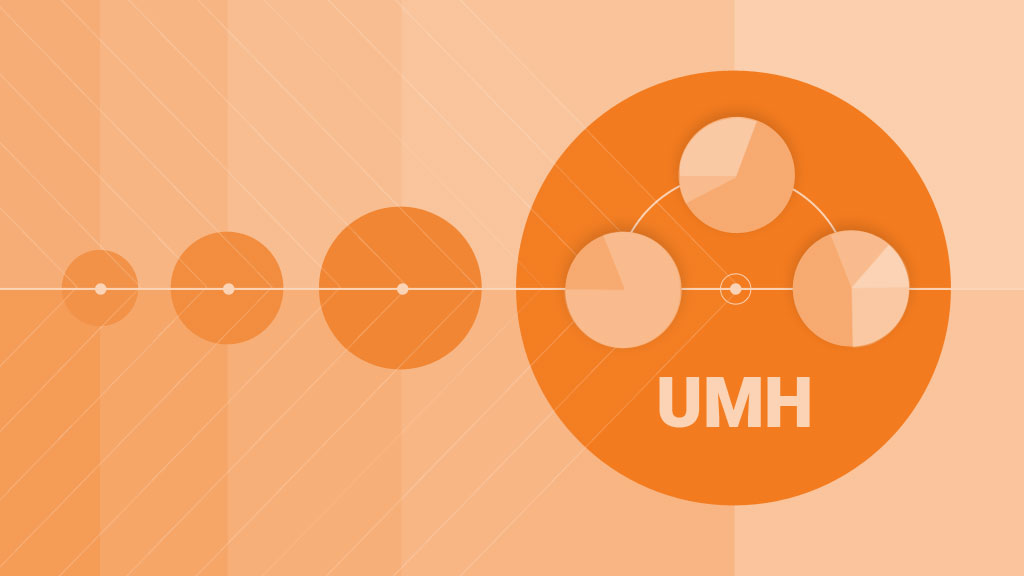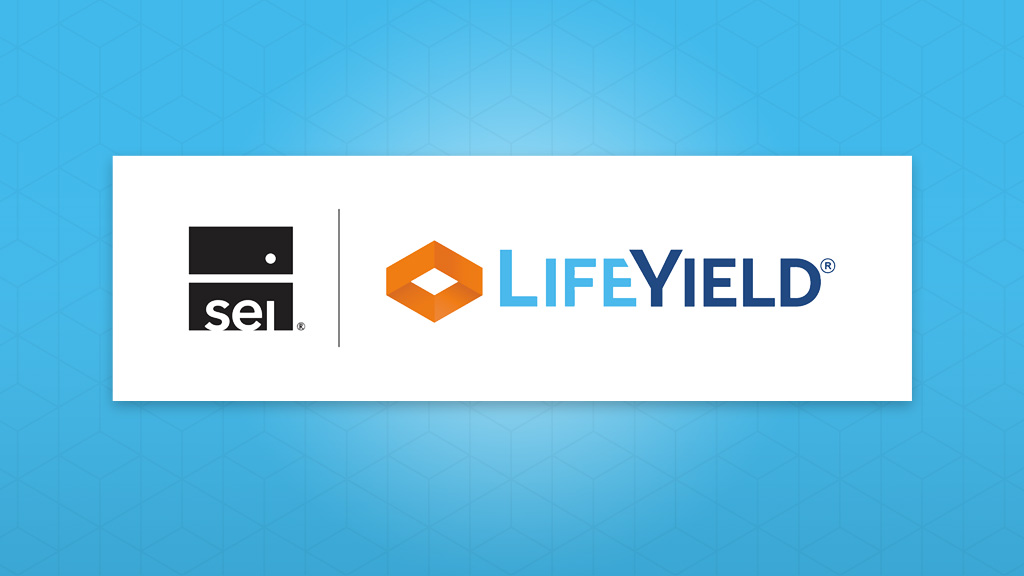How the Unified Managed Household is Changing the Roadmaps of Wealth Management Firms Everywhere

You probably have intelligent, hardworking clients who have applied focus, discipline, and commitment to building portfolios that they intend to use to fund their retirements. Chances are, you’re managing only one or two of many accounts those clients have in their households.
So, the effects of your work are, well, limited. And you may be struggling to help when clients approaching retirement turn to you for answers to questions like:
- When should I file for Social Security?
- Which account do I withdraw money from first after I retire?
- Should I make a Roth conversion?
- Should I roll over my 401(k)?
- Am I too exposed to downturns in the stock market?
- Is inflation going to affect my retirement?
In growing an advisory practice, you’ve got to be up to the job and know what practices and tools to apply to wade through those questions and offer the best possible advice.
Thankfully, financial technology is finally helping financial advisors meet this challenge and changing the roadmaps for the wealth management firms that support those advisors. Those firms are looking at client demographics and needs as they rethink and rebuild their wealth management technology stacks to deliver the comprehensive financial advice and wealth management that clients expect and will soon demand.
Firms and advisors who adopt a unified managed household (UMH) approach to managing wealth will be in the lead. Those firms and advisors will help clients earn more through investing and help them keep more through tax-smart, multi-account coordination, and:
- Asset location
- Rebalancing
- Tax harvesting
- Dynamic withdrawals in retirement
Applying these practices while coordinating multiple accounts, measuring their effect, and demonstrating the financial benefits of the next best step will make advisors ever more valued to their clients.
Where Did the Unified Managed Household Come From?
Technology today positions wealth managers to realize their vision of the future: managing the entire portfolio of household capital for their clients. This discussion started more than 20 years ago when investment managers opened an individual retirement account (IRA) for a client with an existing taxable brokerage account.
Industry leaders began to call this vision the “unified managed household.” This article, published in 2007 by what was then called the Investment Management Consultants Association, illustrates the evolution of different account types to the UMH.
The problem was that it mainly was a vision. Wealth management and investment firms were confined to managing client assets at an account, not a household, level. And if assets weren’t all under those firms’ management, they had little leeway to integrate them into financial plans for their clients.
Plus, the challenge was complex – far more complicated than existing wealth management systems could handle. They were built for handling single accounts for individual clients – not a panoply of accounts with different tax treatments and timelines for households. And their insight to other accounts held away from the firm was zero, unless clients shared it.
So, wealth management firms forged ahead and developed accounts that offered diversification, the opportunity for growth, and high-touch service. Those accounts and strategies include:
Separately Managed Accounts (SMAs)
Other names for SMAs are individually managed accounts, privately managed accounts, or separate accounts. Investment managers managed a portfolio of securities and investments for an individual client. A client owns the personal investments – which is different from a mutual fund, in which investors share ownership of the underlying assets.
Unified Managed Accounts (UMAs)
A step up in sophistication from the SMA, a UMA consolidates multiple financial products – mutual funds, exchange-traded funds, individual stocks, and bonds – into one account. A UMA allows a financial advisor to customize investment decisions for the client and has some benefits in streamlined reporting and tax management.
Direct indexing
A relative newcomer made possible by technological advances combined with lower trading fees and fractional shares. Many wealth management firms now offer direct indexing to clients. Direct indexing allows an investor to buy all the stocks that make up a stock index – such as the Standard & Poor’s 500 – at the appropriate weights. In the past, this would have been so time-consuming as to be prohibitive to the average investor. But advanced technology now automates the processing, allowing many wealth managers to offer it as a service to their clients.
Why Accounts Aren’t the Same as the Unified Managed Household
These products and services attracted investors and helped financial advisors and firms acquire more assets to manage (and thus earn more compensation). But in the end, they are single accounts that are, usually, only one of several that make up a client’s household of assets. Those other assets may include tax-advantaged accounts like 401(k) accounts, Roth 401(k) accounts, individual retirement accounts (IRAs), Roth IRAs, pensions, annuities, and perhaps investments like real estate investment trusts and, increasingly today, a digital wallet of cryptocurrencies.
Tax management within an SMA, UMA, or direct indexing strategy is limited to the account it’s deployed and doesn’t account for the tax consequences for the client across all accounts they own. Taxes also have an outsized impact on how much money from their portfolios clients get to keep. A study by EY said that a portfolio of accounts coordinated to achieve optimal asset location, deploy tax loss harvesting, and perform dynamic withdrawals could yield a return of up to 33% more than practices that didn’t account for the drag that taxes inflict on portfolios.
Wealth Managers Get to Work on the Unified Managed Household
Wealth management firms and financial advisors understand that most of their clients have at least some – and perhaps significant holdings – that aren’t under their management. You sometimes hear these referred to as “held away” assets. And they represent a substantial opportunity for financial advisors.
If you’ve started by working on a financial plan with your clients, you’re in a great position. The financial planning process allows you to find out:
- A client household’s financial goals, living expenses, and savings-and-investment activity
- List of taxable and tax-qualified accounts
- Tolerance for risk in their portfolios
- Timelines – when will they need money for large expenses? For retirement?
With that information, you can begin to deliver on the UMH by pivoting from planning to demonstrating what value you could provide by managing the household’s portfolio in a tax-smart way.
In the past, this was highly manual work, trying to coordinate assets held with your firm with those that weren’t. Today, technology puts it within reach. And many firms are already leading with ways to create more wealth for their clients with UMH.
Firms knew that the unified managed household was a marathon, not a sprint. They’ve had to choose where they will start. The approaches are as different as the firms that are taking them, but they include:
Social Security optimization
This is a strategy that is effective when you’re speaking with clients who are near retirement and have questions file for Social Security and what else they need to do to prepare for life after work. Social Security may make up to 30% or 40% of many clients’ income in retirement. Firms are beginning to train their financial advisors to use software, like LifeYield Social Security+. It helps households choose the right age to file to maximize their income and, with an additional technology layer, calculate how withdrawals from other household assets will make up the remaining 60% to 70% of funds needed in retirement. If they find a gap between expected and needed financial resources, advisor and client can talk over options such as working longer, an annuity, or other strategies.
Multi-account asset location
Firms know there is power in showing clients exactly how to increase their assets after taxes throughout their financial lives. Clients with substantial incomes have often maxed out their contributions to tax-qualified accounts and put long-term savings into taxable brokerage accounts. Advisors who have access to asset location software, like that developed by LifeYield, start by analyzing all the accounts in a household portfolio to measure and score their tax efficiency. In other words, are assets located in suitable accounts for minimizing taxes? Then the asset location software recommends detailed steps for finding which assets in what accounts to reduce tax drag. Clients don’t necessarily have to sell their holdings, but asset location software can suggest where to locate those holdings to minimize taxes.
Multi-account rebalancing
With multiple accounts being separately managed, it’s possible that clients become exposed to downsize risks that they want to avoid. High-net-worth clients typically have a mix of accounts and can benefit from aligning their asset allocation across those accounts to maintain a mix that aligns with their risk tolerance. They also want advisors to provide an investment strategy that is customized for them. Multi-account rebalancing software, like that developed in partnership with many major firms by LifeYield, satisfies both needs.
Tax-smart withdrawals
Clients near or in retirement may need to start living off their savings. A tax-smart withdrawal helps them reduce the taxes on the money they need to spend. Old and outdated rules of thumb were to empty taxable brokerage accounts first, tap tax-advantaged reserves next, and finally pull money from Roth accounts. That advice is, in today’s world, needlessly simplistic. It could also cost clients a lot in taxes they might otherwise save if advisors applied technology to suggest withdrawals that account for the effects of the clients’ tax bracket, tax harvesting options, multiple accounts, and other factors.
Income sourcing
This is a practice for advisors to apply to clients near or in retirement who want a strategy for how they will access their savings in retirement. Income sourcing is all about seeing how certain moves — like Roth conversions and capital gains management — can minimize your taxes and maximize your sustainable withdrawals. Income sourcing is what today’s and tomorrow’s retirees are looking for from their financial advisors – a long-term plan.
However a firm starts to implement its vision of the unified management household, the underlying themes are constant: coordination, optimization, and implementation are at the heart of every UMH design that unlocks massive benefits:
- Firms can focus on the clients they already have and grow by consolidating held-away accounts.
- Advisors’ AUM explodes, not just by increasing the number of their client accounts but also by the sheer fact that they have slowed outflows by minimizing their clients’ tax bills.
- Client outcomes are greatly improved, and they finally have a quarterback who can see the entire field when calling the plays.
Taxes and The Future of the Unified Managed Household
News about possible tax law changes has put wealth management firms and financial advisors on notice: They will underperform their competition unless they add tax alpha to financial planning, investment advice, and retirement income planning. The industry is moving faster than ever before. Assets under management are at historic highs. People know they are responsible for their retirements.
The time for the Unified Managed Household has come. Firms that know they must move are partnering with LifeYield for technology solutions that enhance – not replace – the wealth technology they have amassed through proprietary development, acquisitions, and mergers. Putting tax-smart technology atop your other fine tools will put you in the best position to increase assets under management at an unprecedented scale and thrive in the 21st century.
Monthly insights from our Chief Growth Officer, Jack Sharry
Get exclusive insights and interviews from around the industry

 By
By 




